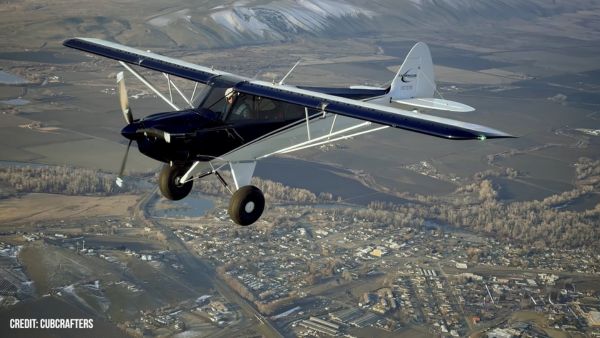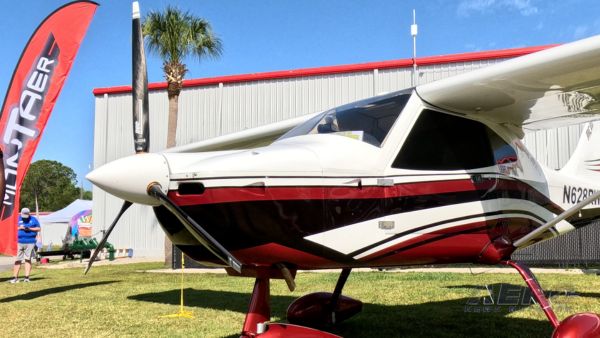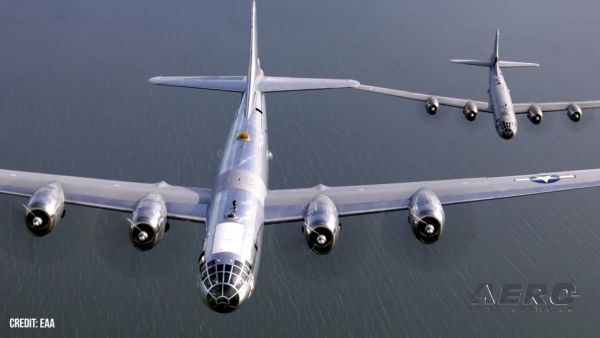When Army Staff Sgt.
Jamie Osmon met Capt. Scott, whose last name is withheld for
security reasons, for the second time Aug. 16, the reunion was much
less hectic than the first.
The first time, July 29, Sergeant Osmon and a group of ground
forces were trapped in a canyon ambush, and Captain Scott was the
lead pilot in a flight of A-10 Thunderbolt IIs that responded to
provide close-air support. His wingman was Captain Andrew
Sergeant Osmon and his team, Army Spc. Patrick Little and Army
Private 2nd Class Robert Schloss, of the 101st Airborne Division
who were attached to the 25th Infantry Division for this particular
mission, were escorting a convoy to a remote area in Afghanistan,
about 217 miles west of Kabul.
The convoy of seven vehicles included one armored Humvee, crewed
by Sergeant Osmon and his team. The other six vehicles contained 26
other troops, including Afghan army and global-security forces.
On the way, the convoy entered a deep canyon about 30- to
50-meters (98- to 164-feet) across, with waist-deep water in some
locations, Sergeant Osmon said.
“Once we had traveled a bit into the canyon, we decided
this wasn’t the place to be. We started heading south toward
the mouth of the valley,” he said.
About 1:30 p.m., the convoy reached the edge of the valley and
was ambushed for the first time. The lead vehicle, the Afghan army
vehicle and a Ford Ranger right behind it took small arms fire.
Then, the ambushers fired a rocket-propelled grenade, which struck
the Afghan vehicle.
The passengers in the Ranger had gotten out of the vehicle and
were pinned behind it by enemy fire, so Sergeant Osmon pulled the
armored Humvee up next to them to get them out of danger. Private
Schloss was manning the Mark 19 machine gun mounted on the Humvee
when he was shot.
“I was hit at the top of the plate on my … body
armor,” Private Schloss said. “It felt like I was hit
by a train. My knees buckled, and I fell back into the
Humvee.”
After escaping from this ambush, the convoy headed north through
the canyon once again. Specialist Little manned the turret gun as
the Humvee assumed the lead.
“We knew they were going to hit us again; it was just a
matter of where,” Sergeant Osmon said.
Almost two miles later, their prediction came true as they were
once again attacked. Specialist Little laid down suppression fire
with the Mark 19 while the rest of the convoy took cover. He was
grazed by a bullet that went under his Kevlar helmet.
“We stayed as long as we could in the open,”
Sergeant Osmon said. “We watched an RPG come at us from about
200 meters [656 feet] away; it passed within 10 to 20
feet.”
This was one of more than 10 RPGs fired at the convoy.
By this point, the Mark-19 was empty, and the team backed the
Humvee up to get some cover. By now, no one had anything besides
small arms to suppress enemy fire from about 800 ambushers. As the
team attempted to account for the rest of the convoy, they noticed
the Afghan troops were missing.
“We headed back south to the other ambush point to see if
we could find them,” Sergeant Osmon said.
On the way back, the first close-air support aircraft, a B-1B
Lancer, flew overhead.
“It didn’t seem to have much effect,” said the
Army sergeant.
As the Soldiers got back to the convoy, they discovered the
other team was still pinned down by enemy fire. One of the embedded
tactical trainers was pinned behind a rock in the river. He was
squatting behind that rock up to his nose in the water, Sergeant
Osmon said.
“I’ve never been more scared in my life. We were
able to watch as enemy fire chipped away the rocks we were using
for cover,” Specialist Little said. “The rock (the
trainer) was using for cover had been chipped from about 2
½-feet wide to about a foot and a half. The global security
squad coordinated suppression fire so we could get everyone
together.”
As the convoy regrouped, Sergeant Osmon asked about A-10
close-air support and was told it would be about an hour.
On the flightline here Captains Scott and Andrew had just taken
off.
“We were sitting alert and were put on 15-minute alert. We
were just waiting for the call to scramble,” Captain Scott
said. “Once we got the call, we took off and refueled en
route.”
Once the A-10s were close to the ambush site, “we were
told they didn’t have radio capability,” Captain Scott
said. “We flew over the canyon to put eyes on the
situation.”
“We could hear the A-10s come in,” Private Schloss
said. “It was like it was Christmas, the happiest moment of
my life.”
“It took us a little time to determine exactly where the
friendly forces were, as well as where they were taking fire
from,” Captain Scott said. “There was a village close
by so we wanted to make absolutely sure before we started firing.
Once we identified the enemies, we marked their positions and
opened up with 720 rounds of 30 mm high-explosive incendiary
ammunition.”
“When the (A-10s) opened up, the enemy fire ceased,”
Sergeant Osmon said. “It was great.”
Shortly after this, the ground forces were able to get radio
contact, Captain Scott said. Since the ground forces did not have a
map to give ground coordinates, they fired off smoke grenades to
ensure the A-10 pilots knew their exact location.
Not being able to get accurate information on an enemy’s
location made it difficult for the Thunderbolt II pilots.
“Responding to an attack like this can be one of the
toughest missions we do,” Captain Scott said. “We
don’t often get the exact locations of the enemy. Sergeant
Osmon did an excellent job getting us the information we
needed.”
The A-10s came around for a second gun pass, said Captain Scott,
prompting Sergeant Osmon to quip: “Grip-21, this is Maverick.
This may be a bit quick, but I think I love you.”
“Everyone started shouting. We knew it was over,”
Private Schloss said.
After the A-10s arrived on scene and started firing on the
enemy, the convoy discovered the whereabouts of the missing Afghan
soldiers.
“One of (them) came up to the group in a lull in the
fighting. They told us they had been captured by the enemy
forces,” Sergeant Osmon said. “The enemy said they
would release the rest of the (Afghan) team and let us go if we
called off the aerial close-air support.”
Eventually, the enemy dispersed, and the reconstituted convoy
limped home. Shrapnel had pierced two of the tires on the Humvee,
so they had to drive on the hard rubber “inner tire.” A
trip that normally takes about three hours took twice as long,
Sergeant Osmon said. The A-10s stayed overhead the entire trip,
protecting the convoy as they rolled home.
The two teams met on the ground two weeks later. The A-10 pilots
inspected the bullet holes in the Humvee, and the ground forces got
a close up look at the lethal aircraft.
“This is the epitome of our job,” Captain Andrew
said. “Getting these guys home safe is why we go
out.”
“Missions like this prove the A-10 is still the best
fixed-wing aircraft for close-air support,” Captain Scott
said.
The Soldiers said the experience has given them a great
appreciation of the team providing top cover as well.
“I’m never going to crack another Air Force joke
again,” Sergeant Osmon said. [ANN Thanks Master Sgt. Andrew
Gates, 455th Expeditionary Operations Group Public Affairs]
 ANN's Daily Aero-Linx (04.15.24)
ANN's Daily Aero-Linx (04.15.24) Classic Aero-TV: 'No Other Options' -- The Israeli Air Force's Danny Shapira
Classic Aero-TV: 'No Other Options' -- The Israeli Air Force's Danny Shapira Aero-News: Quote of the Day (04.15.24)
Aero-News: Quote of the Day (04.15.24) Airborne 04.16.24: RV Update, Affordable Flying Expo, Diamond Lil
Airborne 04.16.24: RV Update, Affordable Flying Expo, Diamond Lil ANN's Daily Aero-Term (04.16.24): Chart Supplement US
ANN's Daily Aero-Term (04.16.24): Chart Supplement US


